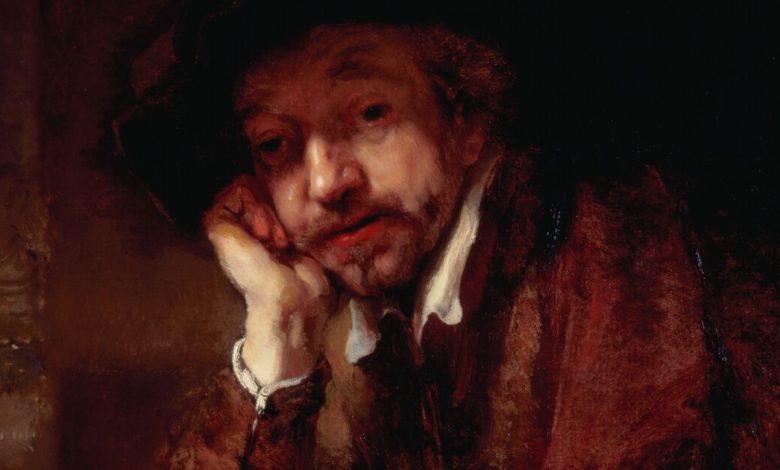
Fakes and forgeries provide some of the most compelling stories in the art world.
Of the hundreds of works in the Taft Museum of Art collection, the number of such items is scarce.
"Fakes, Forgeries, and Followers," which opened in October, offers patrons a chance to view a selection of these items, many of which have not been seen by the public in more than 30 years.
Normally kept in storage, such works and their exhibition provide a chance to learn how authenticating paintings, furniture, and decorative arts objects has evolved in the century since Charles and Anna Taft built their collection.
When Charles and Anna Taft (and in two cases, their daughters) purchased the paintings, furniture, and decorative arts objects in this exhibition, they relied on the expert opinions of trusted art dealers who assured them the works were authentic.
Works on view include portraits originally thought to be by Rembrandt van Rijn but were later discovered to be created by imitators and followers.
The popularity of van Rijin's work after his death spurred a market for imitations and forgeries that landed in public and private collections: one example is the Taft’s somber "Man Leaning on a Windowsill."
With the support of the Rembrandt Research Project and modern technology such as radiography, infrared photography, and other methods, many works like this one were de-authenticated since the Taft Museum of Art opened in 1932.
The Taft’s "Casket with the Judgment of Paris," among other decorative arts in the exhibition, has also been proven to have underlying mysteries or inaccuracies revealed through modern research. Although the ivory carvings on the casket are convincing in appearance, they were not made in the late 1600s by Ignaz Elhafen as stated on the invoice documenting the sale to the Tafts, the Taft Art Museum of art stated.
Other investigations by art historians, conservators, and scientists have also led to the de-authentication of works once attributed to masters such as the portrait of famous matador Joaquín Rodríguez (Costillares), which was once thought to be an original work by Spanish artist Francisco de Goya, and "Landscape with Canal," originally thought to be by English landscapist John Constable.
Another example in the show is a gold snuffbox depicting scenes from Don Quixote that is stamped with fake hallmarks.
Like any great mystery, investigation is still underway for some of the works in this exhibition.
The exhibition ends on Feb. 5.
Watch Live:
WCPO 9 News Headlines








